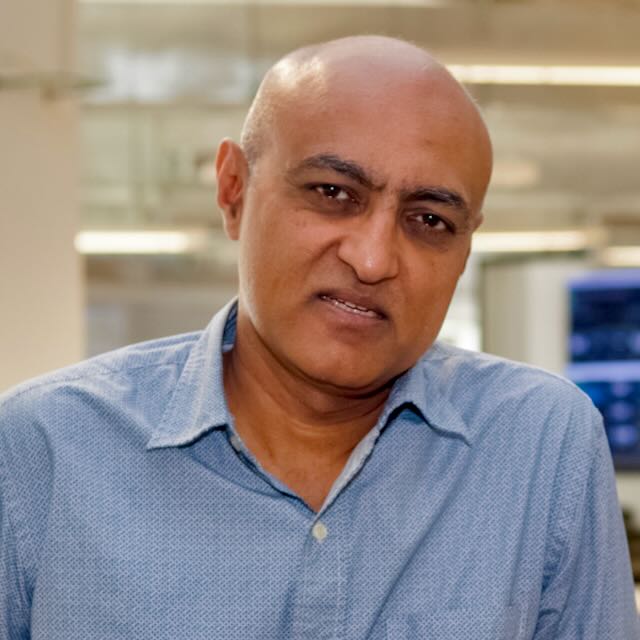About Me

I began my career as a CPU designer at Sun Microsystems, working on the SPARC chip line, including Spitfire, which powered Sun's high-end servers. My work ranged from RC extraction (characterizing resistive-capacitive effects on net delays) to developing ECAD tools and frameworks that made the complex chip design process smoother and more scalable.
From Sun, I moved to Intel, where I worked on the P6 and P7 Pentium projects. There, I tackled the classic packing problem (an NP-complete challenge in chip design) and built a simulated annealing–based packer using gradient descent—part of Intel's ongoing effort to optimize transistor density and performance in next-generation processors.
After chips came systems. At Silicon Graphics (SGI), I joined the interactive television project, an early attempt to merge computing, networks, and entertainment. That exposure to large-scale, user-facing systems eventually carried me to healthcare, where I joined Healtheon / WebMD, one of the earliest efforts to leverage the internet to reimagine how patients, doctors, and payers could interact.
In 2002, I moved with my family to India. Along with Nandan Nilekani (then CEO of Infosys), I co-founded the eGovernments Foundation, bringing digital infrastructure to Indian cities. That led directly into my role as founding CTO of Aadhaar, India's first Digital Public Infrastructure (DPI). At UIDAI, I helped set up the technology center in Bangalore and architect the system. Today, Aadhaar has enrolled over 99% of India's 1.4 billion people and supports tens of millions of transactions every single day—a foundation for India's digital economy.
Following Aadhaar, I partnered with Vinod Khosla to start Khosla Labs in Bangalore, an incubator for startups in fintech, identity, and digital public infrastructure. I also served on the board of HDFC Bank, India's largest private bank, bringing a technology lens to financial inclusion at scale.
During the COVID-19 pandemic, I started the 10BedICU project, focused on rapidly scaling critical care capacity in India's small towns and districts. Out of this grew the Open Healthcare Network, which developed the CARE platform—a cloud-based health information system. Today, 10BedICU/CARE has been deployed in over 220 hospitals, covering nearly 23% of India's districts. Its TeleICU model connects small-town ICUs to medical college specialists, enabling critically ill patients in rural areas to access the same level of expertise as those in big-city hospitals.
Most recently, I was invited by the Government of India to join the Apex Committee for AI Centers of Excellence, where we are working to apply AI at national scale in health, education, agriculture, and sustainable cities. This work feels like a natural progression: from designing chips and servers to designing digital public goods and AI platforms that serve entire populations.